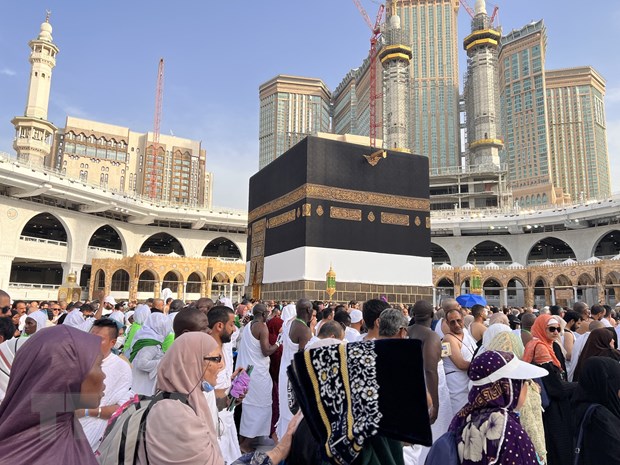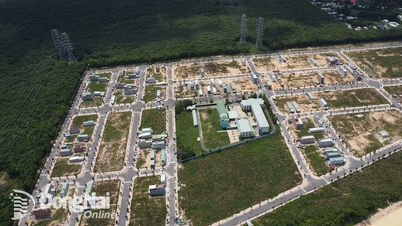On June 29, Saudi Arabian officials said more than 2,000 pilgrims suffered heatstroke while participating in the Hajj - the largest Muslim pilgrimage - after temperatures in the country soared to 48 degrees Celsius.
During the four days from June 25-28, more than 1.8 million Muslims from all over the world flocked to Mecca in Saudi Arabia to perform the annual ritual, with activities mainly held outdoors, under the harsh summer sun in the desert.
This year, many elderly believers joined the pilgrimage, after the maximum age restriction during the COVID-19 pandemic was lifted.
Saudi Arabia’s Ministry of Health said 1,721 people suffered from heatstroke on June 29 alone. The ministry advised worshippers to stay out of the sun and drink plenty of water. Previously, it reported 287 cases of heatstroke.
According to Saudi officials, a large number of pilgrims remained at the holy sites after the main rituals ended.
Saudi Arabian officials did not give the death toll from the pilgrimage, but figures from many countries show that at least 230 people died (without stating the cause), including many Indonesians.
Hundreds of people have been taken to hospital with heart problems, the Saudi health ministry said, but the number of people affected by the intense heat, including heatstroke, exhaustion, cramps and rashes, could be much higher as many people have not been treated at hospitals and clinics.
Saudi Arabian authorities have mobilized thousands of medical staff and set up field hospitals to guard against health risks to pilgrims during this holy Muslim holiday.
The 2023 Hajj pilgrimage will see a record number of participants since 2.5 million pilgrims made the pilgrimage in 2019 - before the COVID-19 pandemic broke out.
The climate in the Gulf states is becoming increasingly harsh. Experts predict that summer temperatures of up to 50 degrees Celsius could be an annual occurrence by the end of the century.
In 2021, the United Nations Intergovernmental Panel on Climate Change warned that many areas in the Gulf will no longer be habitable by the end of this century due to global warming.
Source link








































































![[Photo series] Many Dong Nai products participate in the Southern Fruit Festival in 2025](https://vphoto.vietnam.vn/thumb/402x226/vietnam/resource/IMAGE/2025/6/1/dacb19003cee4155a6945db67914d9cf)
























Comment (0)